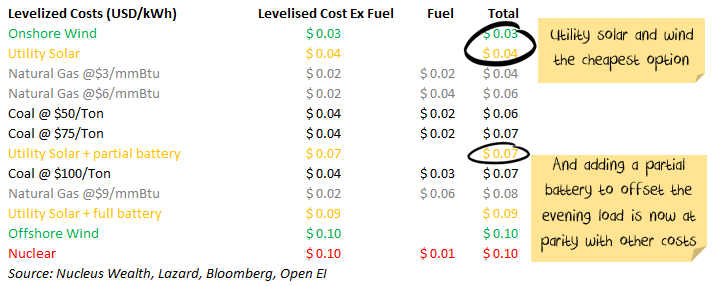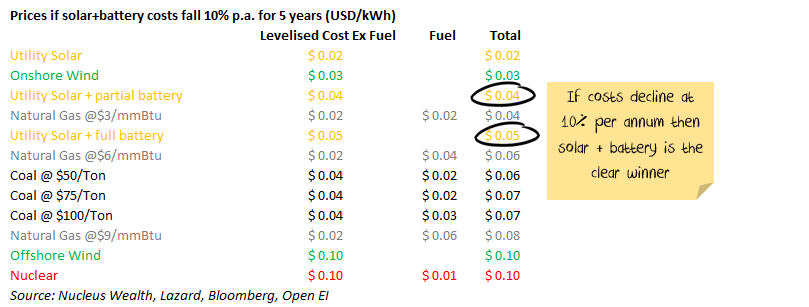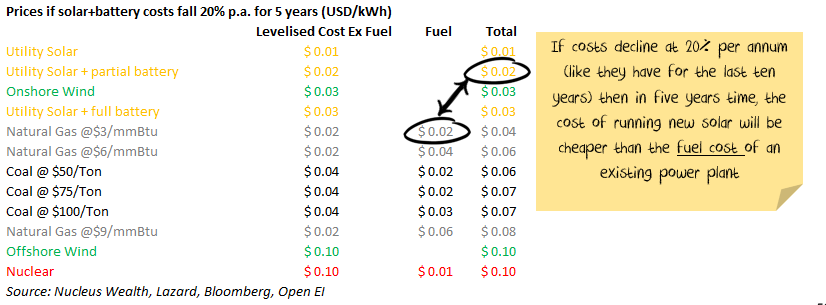For years we have fruitlessly pointed out the folly of Australia’s east coast gas exports. For the nation, the three LNG export plants built on Curtis Island were a shining example of Banana Republic commodity economics gone drastically wrong. The exports made no money for the producers, who were forced to write down tens of billions in wasted capital investment. Yet they formed the backbone of a domestic gas reserves cartel that charged whatever it liked at home to make up the losses. This gouging was dramatically amplified by the fact that gas-fired electricity was the marginal price setter in the power grid. The result for the east coast economy was a net loss of economic utility as skyrocketing gas and power prices at home overwhelmed any income benefits from the gas exports.
But that was not the end of the wastoid outcomes. Ironically, this abject failure of policy was, in effect, a private carbon tax (that is, one kept by the gas cartel as profits). It achieved what any such mechanism will. It accelerated the decline of uneconomic gas-fired power, and dramatically accelerated investment in cheap renewables as high power prices triggered a supply response.
This outright perversity and extraordinary inefficiency today reaches a new apogee as the same Coalition Government that oversaw the entire energy debacle crowns its idiocy with one final white elephant for the road:
- The Morrison Government is insisting on building a 660MW gas-fired power station in the Hunter to lower prices.
- This despite EnergyAustralia committing to a new 316MW facility in the Illawarra.
- The Australian Energy Market Operator (AEMO), the government’s own power regulator, says the new hunter station isn’t needed.
We all know that the new station is purely to support a troglodyte economic narrative that supports fossil fuels via subsidies (or, perhaps, it’s just the usual Liberal donor rort). The new power station is not needed because the gas that will fire it is no longer economic thanks to cartel prices (still around $10Gj):
And it’s going to get worse for fossil fuels:
Much, much worse for gas and coal:
One might argue, therefore, that Morrison’s new gas white elephant pork power plant will, in fact, lift power prices.
But, the lesson of the secret carbon tax of the gas cartel suggests a different outcome. Every time that the Morrison Hunter White Elephant Pork Power Plant turns on and lifts power prices, it will incentivise further investment from the much cheaper battery and other power storage options. So, any price spikes will be brief and will soon be swamped by more supply with which the Morrison Hunter White Elephant Pork Power Plant will be unable to compete.
All we needed from the outset was to keep the carbon price. It would have gathered untold billions from polluters for the federal budget, recycled as immense tax cuts, and leading to a net outcome for consumers of zero-cost energy transformation.
Instead, we delivered ourselves $80bn of wasted investment in QLD white elephant gas plants. Probably almost as much in excess and rentier household utility bill charges. Manufacturing hollowing out. And fifteen years of political idiocy with PMs turning over with the regularity of a power dynamo.
Now complete in the Hunter, with the idiotic Morrison Hunter White Elephant Pork Power Plant.




